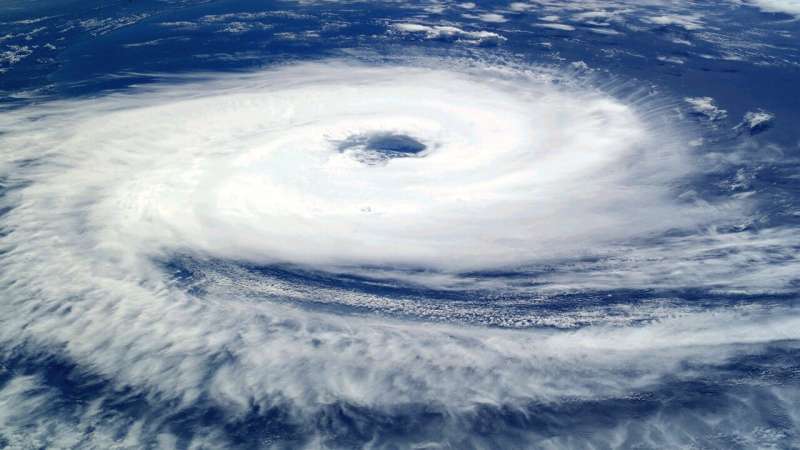
When disasters happen—such as hurricanes, wildfires and earthquakes—every second counts. Emergency teams need to find people fast, send help and stay organized. In today’s world, one of the fastest ways to get information is through social media.
In recent years, researchers have explored how artificial intelligence can use social media to help during emergencies. These programs can scan millions of posts on sites such as X, Facebook and Instagram. However, most existing systems look for simple patterns like keywords or images of damage.
In my research as an AI scientist, I’ve developed new models that go further. They can understand the meaning and context of posts—what researchers call semantics. This helps improve how accurately the system identifies people in need and classifies situational awareness information during emergencies. The results show that these tools can give rescue teams a clearer view of what’s happening on the ground and where help is needed most.
From posts to lifesaving insights
People share billions of posts on social media every day. During disasters, they often share photos, videos, short messages and even their location. This creates a huge network of real-time information.
But with so many posts, it’s hard for people to find what’s important quickly. That’s where artificial intelligence helps. These systems, which use machine learning, can scan thousands of posts every second, find urgent messages, spot damage shown in pictures, and tell real information from rumors.
During Hurricane Sandy in 2012, people sent over 20 million tweets over six days. If AI tools had been used then, they could have helped find people in danger even faster.
Training AIs
Researchers begin by teaching AI programs to understand emergencies. In one study I conducted, I looked at thousands of social media posts from disasters. I sorted them into groups like people asking for help, damaged buildings and general comments. Then, I used these examples to train the program to sort new posts by itself.
One big step forward was teaching the program to look at pictures and words together. For example, a photo of flooded streets and a message like “we’re trapped” are stronger signals than either one alone. Using both, the system became much better at showing where people needed help and how serious the damage was.
Finding information is just the first step. The main goal is to help emergency teams act quickly and save lives.
I’m working with emergency response teams in the United States to add this technology to their systems. When a disaster hits, my program can show where help is needed by using social media posts. It can also classify this information by urgency, helping rescue teams use their resources where they are needed most.
For example, during a flood, my system can quickly spot where people are asking for help and rank these areas by urgency. This helps rescue teams act faster and send aid where it’s needed most, even before official reports come in.
Addressing the challenges
Using social media to help during disasters sounds great, but it’s not always easy. Sometimes, people post things that aren’t true. Other times, the same message gets posted many times or doesn’t clearly state where the problem is. This mix can make it hard for the system to know what’s real.
To fix this, I’m working on ways to check a post’s credibility. I look at who posted it, what words they used and whether other posts say the same thing.
I also take privacy seriously. I only use posts that anyone can see and never show names or personal details. Instead, I look at the big picture to find patterns.
The future of disaster intelligence
As AI systems improve, they are likely to be even more helpful during disasters. New tools can understand messages more clearly and might even help us see where trouble is coming before it starts.
As extreme weather worsens, authorities need fast ways to get good information. When used correctly, social media can show people where help is needed most. It can help save lives and get supplies to the right places faster.
In the future, I believe this will become a regular part of emergency work around the world. My research is still growing, but one thing is clear: Disaster response is no longer just about people on the ground—it’s also about AI systems in the cloud.
The Conversation
This article is republished from The Conversation under a Creative Commons license. Read the original article.![]()
Citation:
AI can scan vast numbers of social media posts during disasters to guide first responders (2025, May 13)
retrieved 13 May 2025
from https://techxplore.com/news/2025-05-ai-scan-vast-social-media.html
This document is subject to copyright. Apart from any fair dealing for the purpose of private study or research, no
part may be reproduced without the written permission. The content is provided for information purposes only.










